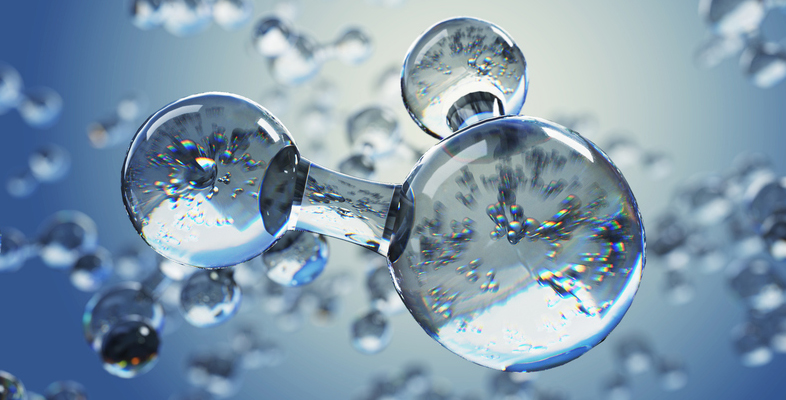1.4 Relative atomic mass
Now you have been introduced to the concept of an isotope it is possible to address one of the key challenges facing a chemist.
Because you are working in the submicroscopic world and the actual masses of the important particles involved are incredibly small it’s not really practical to use conventional mass units like grams.
To address this problem a standard is required. This is the carbon-12 isotope.
How many protons and neutrons does contain?
Answer
Six protons and six neutrons.
Atomic mass is expressed in terms of so-called atomic mass units (amu).
Where 1 amu = 1.661 x 10-24 g
This number is equal to one twelfth of the mass of an atom of carbon-12.
Every element is assigned an atomic mass, which is its mass relative to that of one twelfth of the mass of an atom of carbon-12. Or to put it slightly differently, the number of times the mass of an atom of an element is heavier than one-twelfth of the mass of carbon-12.
All atomic masses are quoted relative to this value, and not surprisingly are referred to as the relative atomic mass of an element.
Later in this course you’ll be looking in detail at the periodic table – an arrangement of the elements (in symbol form) on the basis of their atomic numbers and which highlights the physical and chemical patterns and relationships between them. Generally published tables also include relative atomic masses.
An atom of magnesium weighs twice as much as an atom of carbon. Without looking at a periodic table (!) what is its relative atomic mass?
Answer
24
Consider again copper, if you look it up on a periodic table you’ll find its relative atomic mass is quoted as 63.5.
But what does this figure represent? How can you have half a proton or half a neutron?
The answer is, you can’t.
In fact this is an average value, and what the number represents is the relative abundance of each isotope, in other words how much there is of each one in a sample of the element concerned.
Sticking with copper for the moment; the atoms of natural copper are about 70% and 30% . So, the relative atomic mass of natural copper (63.5) lies between 63 and 65, but closer to 63 because that is the relative atomic mass of the more abundant isotope.
Chlorine has two naturally occurring isotopes, 35Cl and 37Cl. On average, out of every four chlorine atoms you will find three are 35Cl and one is 37Cl. What is the average relative atomic mass of a chlorine atom?
Answer
(3/4 X 35) + (1/4 X 37) = 35.5
To summarise then, the relative atomic mass of an element is the weighted average of the masses of its isotopes relative to one twelfth of the mass of an atom of carbon-12.
